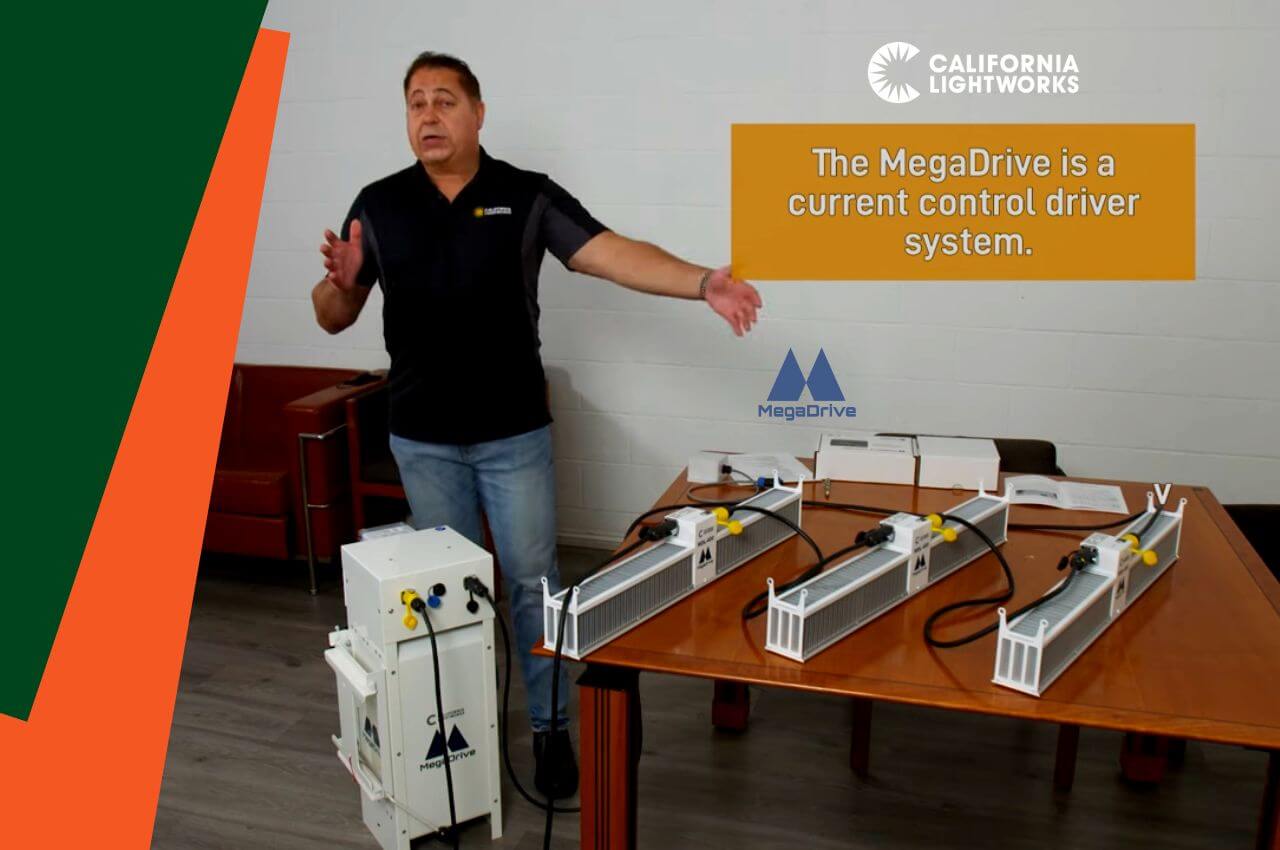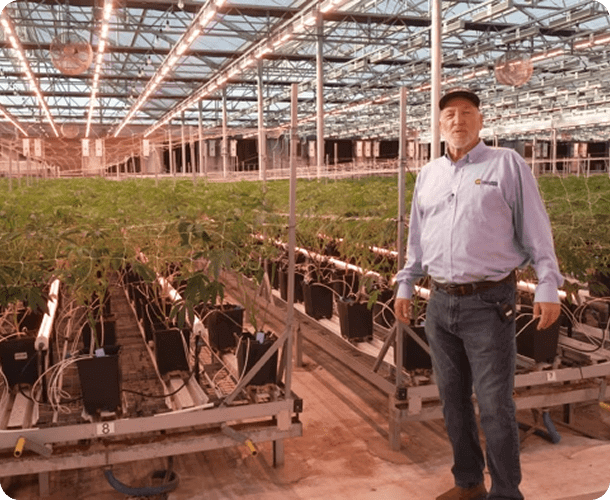When you let plants grow naturally, you do not always have as much control over your final yield. Training techniques refer to means of manipulating your plants throughout the grow cycle to create more bud sites and a bigger final yield. There are two types of training: high stress training and low stress training.
Low stress training is often used indoors as it’s designed to make the most out of small spaces. High stress training is a slightly more complicated form of plant training used on both indoor and outdoor plants. When done successfully, high stress training can have a dramatic effect on your plant’s growth.
There are numerous high stress training techniques growers have developed over the years to better control a grow cycle’s final outcome. Beginner growers should start slowly, as high stress training can damage plants if done incorrectly. However, with a little diligence and a lot of practice, most growers can learn to high stress train successfully.
What Is High Stress Training?
High stress training is an umbrella term that refers to a range of training methods that manipulate the growth and structure of plants. As the name would suggest, high stress training puts a lot of stress on the plants. This is why – when done incorrectly – high stress training can be damaging.
However, when done correctly, high stress training can trigger incredibly powerful healing responses in the plants. This can lead to a larger and more potent final yield. If you are interested in high stress training, we recommend you start with easier methods and work your way up.
Topping
Topping is one of the simplest forms of high stress training and can be a good place to start if you’re a beginner. It requires no special tools.
During topping, all you do is remove the top of the plant at the beginning of the vegetative stage. The plant is usually weak enough you can do so with your fingertips alone, although some people may prefer to use a pair of scissors.
As a result, the top buds will form two new branches. This produces a plant with multiple buds, increasing your final yield.
FIM
The FIM method actually takes its name from an expletive. It was created when a grower slipped up while attempting topping. This turned out to be a happy accident, however, as the grower ended up creating an even bigger final plant.
FIM is a slightly more complicated form of topping. If you have tried topping a few times and are ready to move up, FIM is a good next step.
Unlike topping, you can do FIM with your fingertips alone. You will need scissors or clippers, which you should sterilize before use. To sterilize scissors or clippers, wipe them down thoroughly with alcohol swabs or a disinfectant spray prior to use.
During FIM, you remove a very specific part of the plant to create four off-shooting branches. To do so:
- Use your thumb and forefinger to pinch the top of your plant.
- Snip off 70 to 80% of the new leaves in a single cut.
- Wait three to five days. New growth should start to appear during this time.
- Repeat the process again.
If successful, your plant should recover by creating four new branches from the FIM site. This will result in a bigger final yield.
Super Cropping
Super cropping takes advantage of a plant’s natural ability to heal itself. Super cropping is actually similar to some low-stress training methods as it involves bending branches, but does so much more dramatically.
During super cropping, you snap stems at a 90 degree angle to make the plant grow horizontally. To start, create several holes around the rim of your plant’s container.
Choose branches that are mature but not yet woody in appearance:
- Squeeze the branch between your thumb and index finger with one hand.
- With the other hand, bend the branch down into a 90-degree angle.
- Work your way through the plant bending stems at a 90-degree angle.
- Tie them down with twine or string using the holes you created earlier.
Super cropping breaks inner cell walls in the plant, which reacts by distributing growth repair hormones. As a result, plants do not just grow horizontally – as they do during low-stress training – but their growth structure and vigor is improved. Super cropped plants can produce significantly higher final yields.
Super cropping can be damaging to your plants when done wrong. Snapping stems too hard can damage your plants beyond their natural ability to heal. It can help to roll the stem between your thumb and index finger several times before bending the stem. This makes the stem more pliable and more likely to bend without accruing irreparable damage.
Mainlining
Mainlining requires a much longer vegetative period to work successfully. Before you can start mainlining, you need to let your plant grow until it has a minimum of five or six nodes. At this stage, your plant should have a strong enough root system in place to recover after mainlining.
Once your plant has five to six nodes:
- Remove all growth below the third node. (That is, the third node up from the base of the plant)
- Remove any growth beneath the third node.
- Gently bend the two stems growing from the third node at a 90 degree angle so they run horizontally to the ground (this is more or less the same technique you use during super cropping)
The third node is now what is called your main-lining manifold. Removing all other growth means your plant will naturally direct its energy toward the manifold. Your plant should only have two stems at this stage – both growing from the third node.
The plant should start growing fast from here as energy is directed toward a central location. When you notice buds from the new leaf stretching upwards and forming new nodes:
- Choose two new nodes in the same place on either side of the plant
- Top those nodes (cut the stem directly above the node)
- Remove any extra growth below the freshly topped nodes
Again, your plant will start directly energy primarily towards these two nodes, causing fast and lucious growth. You can repeat this process as many times as you want to create more and more nodes. As a result, you will be left with more buds that grow in thicker and lusher.
High Stress Training: The Bottom Line
High stress training can create thicker, stronger plants and limit vertical growth, allowing you to make the most of a space with limited head height. For growers only able to grow a few small plants, high stress training can exponentially increase their yield.
High stress training should be done with extreme caution if you are a beginner. Start with easier methods like cropping before working your way up to complex processes like mainlining. As you continue to practice, eventually you will master high stress training and grow sturdier, lusher plants.





